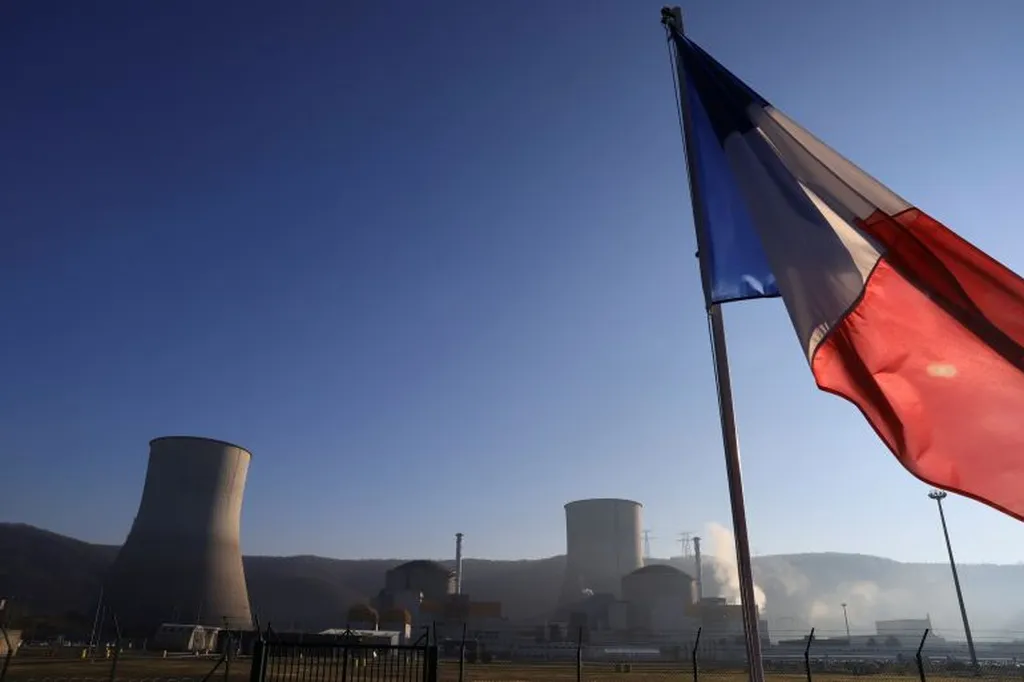The global nuclear energy landscape is undergoing a significant shift, with small modular reactors (SMRs) emerging as a promising frontier. Lucas Mir, Junior Energy Analyst at the Nuclear Energy Agency (NEA), has delved into recent NEA analysis, shedding light on the burgeoning interest and progress in SMR development worldwide. This trend is not merely a technological evolution but a potential game-changer in the quest for deep decarbonisation and energy security.
SMRs are gaining traction across the globe, with projects spanning almost all regions, including emerging economies. These reactors are designed to serve a diverse range of purposes, from providing reliable electricity in remote locations to supplying heat for industrial sectors where decarbonisation is particularly challenging. The principal hurdles, however, remain in qualifying and licensing new technology concepts and the innovative fuels many of these designs require.
The NEA’s ongoing analysis, part of a broader effort to monitor and evaluate SMR progress, aims to guide policymakers, regulators, investors, and industry professionals through this period of rapid change. The latest findings, published in the third edition of the NEA Small Modular Reactor Dashboard and the new interactive NEA Small Modular Reactor Digital Dashboard, provide a comprehensive overview of 74 SMR designs out of 127 identified globally. These designs were selected based on the availability of publicly accessible information and the willingness of designers to participate.
Geographically, SMR development is truly global, with seven designs already operating or under construction and a strong pipeline of projects progressing toward first-of-a-kind deployment. In 2025, 51 of the 74 assessed SMR designs were involved in pre-licensing or licensing processes across 15 countries, and there were approximately 85 active discussions between SMR developers and site owners worldwide. Progress in financing and supply chain readiness is also notable, with an 81% rise in SMR designs confirming financing announcements since the previous edition of the Dashboard.
Unlike traditional large-scale nuclear power plants, SMRs are attracting significant interest from the private sector, with a vibrant startup culture and growing engagement from large corporations, particularly in technology and heavy industry. The United States, for instance, is home to the greatest diversity of site owners, reflecting a broad spectrum of stakeholders now engaged in SMR deployment. Ownership structures are also evolving, with some vendors exploring build-own-operate (BOO) models, power purchase agreements (PPAs), virtual power purchase agreements (VPPAs), or leasing arrangements.
In terms of financing, private capital is playing an increasingly important role, often complementing public matching grants. The NEA’s analysis finds approximately $15.4bn (in 2023 USD) of financing committed towards SMRs worldwide, with $10bn from public sources and approximately $5.4bn from private sources. Different countries are positioned to capture different types of benefits by participating differently in SMR global value chains.
A majority of the SMR designs reviewed in the NEA’s analysis require high-assay low-enriched uranium (HALEU), which is defined as uranium enriched between 5% and 20%. The availability of HALEU remains a significant barrier to the deployment of many SMR designs, though some developers have engaged early to secure supplies for their first-of-a-kind reactors. Another key challenge is that SMR designs are based on an increasingly diverse range of fuel forms, most of which have not yet been licensed or qualified for use. Standard uranium oxide ceramic is the most common physical-chemical fuel form among the SMR technologies under active development, with 39 planning to use it as their fuel. Out of these, 19 incorporate or plan to incorporate a composite fuel architecture, such as TRISO (TRi-structural ISOtropic), distinguishing them from the conventional fuel used in today’s large-scale light-water reactors (LWRs) and potentially altering fuel fabrication requirements and performance characteristics significantly.
While SMRs potentially offer significant safety enhancements, the novelty and diversity of SMR designs mark a significant departure from established regulatory experience. Careful analyses backed by test data and validated codes and simulation tools will be required to establish that such systems are effective in the variety of circumstances in which they will be used.
Waste management is another critical factor in the deployment of SMRs. Some advanced SMR designs are being developed to potentially reuse fuel from traditional nuclear reactors. Combined with recycling strategies, this has the potential to reduce the volume of high-level nuclear waste to be stored and managed in deep geological repositories as well as the uranium that is mined for the nuclear sector in the front end. However, there is currently insufficient available information from verifiable public sources to assess the progress of SMRs in terms of waste management planning and readiness for end-of-life cycle management.
The sheer number and variety of

